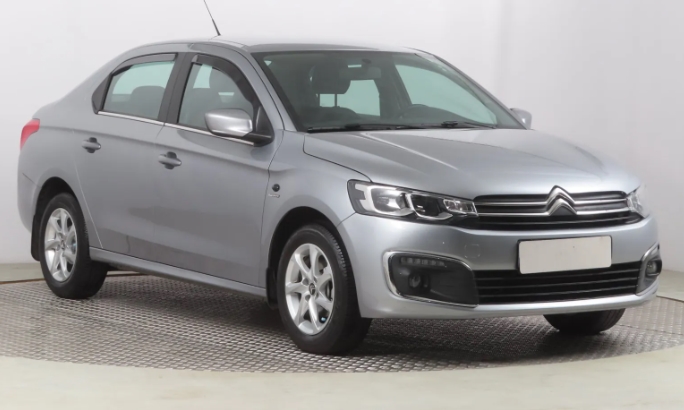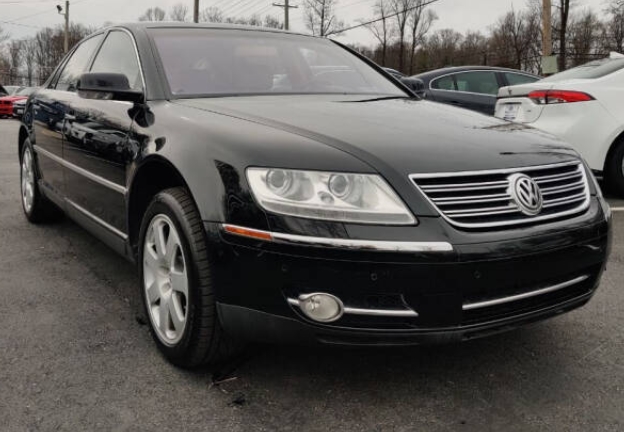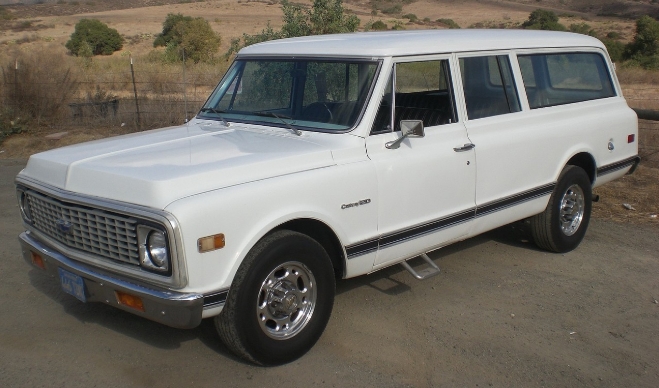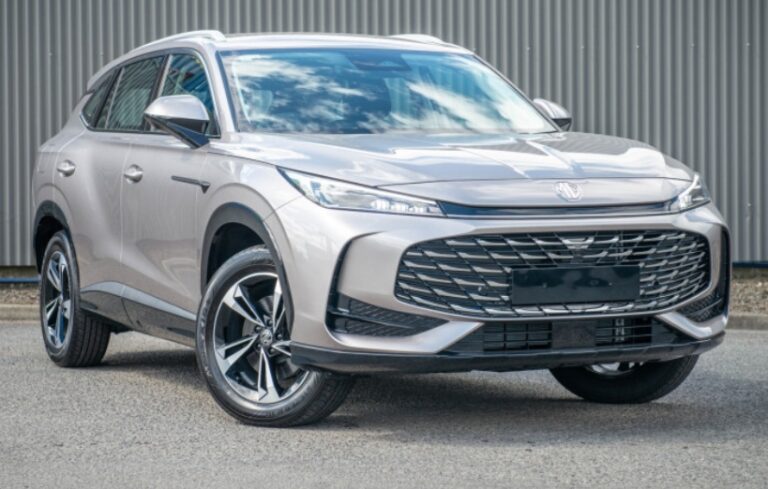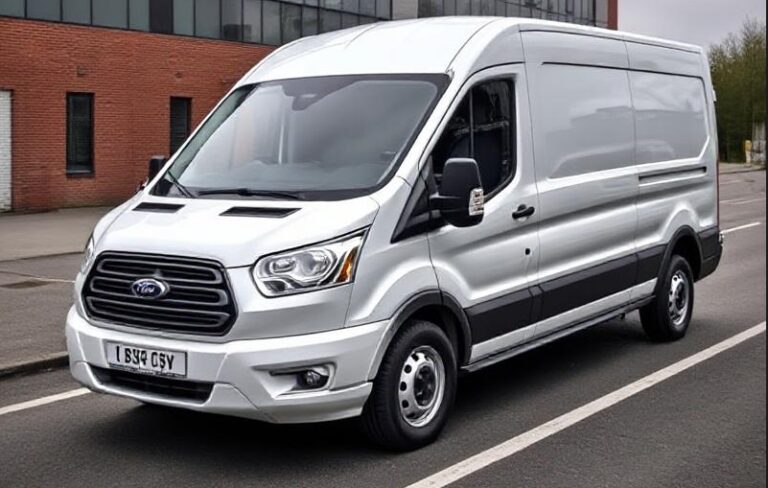The Citroën C-Elysée: The Unassuming Global Workhorse
In the grand pantheon of automotive history, a special place is reserved for the cars that aren’t poster-worthy supercars or revolutionary design icons, but are instead the quiet, dependable workhorses. These are the vehicles built not for want, but for need; cars designed with pragmatism, durability, and affordability as their guiding principles. In this venerable category, the Citroën C-Elysée stands as a modern exemplar. It is a car that has served as a family’s first new vehicle, a tireless taxi, and, in a surprising twist, a world-conquering racing champion. Its evolution is a fascinating story of global strategy, market adaptation, and the enduring appeal of no-nonsense engineering.
The Genesis: Chinese Roots (2002-2013)
To understand the C-Elysée, one must first look to China. The name did not originate with the global model launched in 2012, but with a vehicle produced by the Dongfeng-PSA joint venture. In 2002, seeking to capitalize on the burgeoning Chinese car market, the venture launched the Dongfeng Citroën Elysée. This was not an entirely new car, but a clever and substantial re-engineering of the venerable Citroën ZX, a car that had ceased production in Europe years earlier.
The original Elysée was a classic three-box saloon, a body style heavily favoured by Chinese consumers. It inherited the ZX’s robust platform and famously comfortable suspension, making it well-suited to the varied road conditions of the country. It was simple, reliable, and spacious – qualities that quickly made it a favourite among taxi fleets and families.
Over its decade-long production run, this first-generation Elysée underwent several facelifts. Initially launched as a slightly more upmarket version of its sibling, the “Fukang 988” (another ZX derivative), it evolved with new front and rear fascias, updated interiors, and more modern features. A five-door hatchback version, the C-Elysée Hatch, was also offered. This period was crucial; it established the “Elysée” nameplate as a synonym for durability and value in one of the world’s most important automotive markets, laying the groundwork for its global successor.
A Global Vision: The First Generation (Type 73, 2012-2016)
By the early 2010s, PSA Peugeot Citroën had identified a significant opportunity in emerging markets across the globe. There was a growing demand for affordable, modern, and sturdy compact sedans to compete with the likes of the Dacia Logan and Škoda Rapid. The group’s answer was the “B-Global” project, which would yield two near-identical cars: the Peugeot 301 and the Citroën C-Elysée.
Unveiled in 2012 and primarily built at the Vigo plant in Spain and Wuhan in China, the new C-Elysée was a purpose-built machine. Its design philosophy was one of calculated simplicity and robust functionality.
Key Design Attributes:
Three-Box Design: A traditional sedan silhouette with a vast, 506-litre boot, a key selling point for families and professional drivers.
Robustness: It featured increased ground clearance, underbody protection, and a suspension system tuned not for hairpin bends, but for absorbing the punishment of poor-quality roads in Latin America, North Africa, and Eastern Europe.
Spaciousness: Despite its compact footprint (based on a stretched PF1 platform shared with the Citroën C3 and Peugeot 208), it boasted a long wheelbase that provided impressive rear legroom, a critical factor in markets where the car might serve multiple generations of a family.
Simplicity: The interior was a study in durable plastics and straightforward ergonomics. The focus was on longevity and ease of use rather than plush materials, with controls designed to be operated even while wearing gloves.
Models and Trim Levels (2012-2016):
The trim structure was designed to be clear and offer increasing levels of comfort and convenience. While specific names and equipment could vary slightly by market, the typical hierarchy was as follows:
Attraction: This was the entry-level, no-frills model. It typically came with 15-inch steel wheels, black plastic door handles and mirrors, manual windows, and basic safety features like ABS and front airbags. Air conditioning and a radio were often optional extras. Its purpose was to achieve the lowest possible entry price.
Seduction: The volume-selling mid-range trim. It added essential comfort features that most buyers desired, such as air conditioning, a CD/MP3 player with USB connectivity, electric front windows, body-colored door handles and mirrors, and often, front fog lights.
Exclusive: The top-tier trim level. This model aimed to provide a touch of luxury and convenience. It included features like 16-inch alloy wheels, rear electric windows, chrome exterior detailing, cruise control, rear parking sensors, and a more sophisticated air conditioning system (sometimes automatic climate control).
Engine Line-up:
The engine range was focused on proven, reliable, and fuel-efficient units:
Petrol:
1.2 VTi 72: A 1.2-litre, 3-cylinder engine producing 72 horsepower. It prioritized fuel economy over performance and was ideal for city driving.
1.6 VTi 115: A 1.6-litre, 4-cylinder engine with 115 horsepower. This was the powerhouse of the range, offering brisk performance and comfortable motorway cruising, available with either a manual or automatic gearbox.
Diesel:
1.6 HDi 92: The hugely popular 1.6-litre, 4-cylinder turbodiesel, producing 92 horsepower. Renowned for its excellent fuel economy and strong torque, it was the engine of choice for high-mileage drivers and taxi operators.
The Unlikely Champion: The C-Elysée WTCC (2014-2016)
In a move that stunned the motorsport world, Citroën Racing announced its entry into the World Touring Car Championship (WTCC) for the 2014 season. Even more surprising was their choice of car: the humble C-Elysée. To turn a budget family sedan into a fire-breathing racing machine was a bold statement.
The C-Elysée WTCC was a silhouette racer, sharing only its basic shape with the road car. Underneath, it was a bespoke racing car with a 1.6-litre turbocharged engine producing around 380 horsepower, advanced aerodynamics, and a race-tuned chassis. With a dream team of drivers—including nine-time World Rally Champion Sébastien Loeb, Yvan Muller, and José María López—the result was not just success, but utter domination.
The Citroën C-Elysée WTCC won the Manufacturer’s Championship three years in a row (2014, 2015, 2016), with López securing the Driver’s Championship in each of those years. This motorsport triumph provided an invaluable marketing halo, elevating the C-Elysée’s image from a mere budget car to a symbol of robust engineering and unexpected performance.
The Mid-Life Refresh: The Facelift (2017-Present)
To keep the C-Elysée competitive, Citroën introduced a significant facelift for the 2017 model year. The update focused on modernizing the car’s aesthetics and, crucially, its interior technology.
Exterior Changes:
A redesigned front end brought the C-Elysée in line with Citroën’s contemporary design language. It featured a wider grille, with the chrome chevrons extending outwards to blend into the new, more expressive headlights.
The rear was updated with new 3D-effect taillights, giving the car a more modern and distinctive signature.
New wheel designs and colour options were also introduced.
Interior and Technology: The most important upgrade was inside. The dated dashboard was replaced with a more modern design that could accommodate a new 7-inch touchscreen infotainment system. This system, known as Citroën Connect Nav, brought the car into the modern era with:
Apple CarPlay and Android Auto compatibility.
Integrated satellite navigation.
A reverse camera.
Updated Trim Levels and Engines:
Following the facelift, many markets adopted Citroën’s new global trim nomenclature:
Live: The new name for the base model, largely equivalent to the previous “Attraction.”
Feel: Replaced “Seduction” as the well-equipped mid-range option.
Shine: The new top-tier trim, replacing “Exclusive” and incorporating the new touchscreen technology as standard.
The engine lineup was also revised to meet stricter emissions standards (Euro 6) and improve efficiency:
Petrol:
1.2 PureTech 82: The VTi engine was replaced by the more modern and efficient 1.2-litre PureTech 3-cylinder engine, producing 82 horsepower.
1.6 VTi 115: This reliable unit was carried over, remaining a popular choice.
Diesel:
1.6 BlueHDi 100: The HDi engine was updated with Selective Catalytic Reduction (SCR) technology, becoming the “BlueHDi” and now producing 100 horsepower.
An all-electric version, the Citroën E-Elysée, was also developed exclusively for the Chinese market, showcasing the platform’s adaptability, though it never saw a global release.
.
THIS is GOOD stuff if your car is in need:

.
Legacy and The Setting Sun
In Western Europe, the story of the C-Elysée came to a close around 2018-2019. The combination of stricter WLTP emissions regulations, which made budget cars harder to certify profitably, and the overwhelming consumer shift towards SUVs and crossovers made the compact sedan a niche product.
However, its mission was never truly focused on Western Europe. In the markets for which it was designed—Eastern Europe, the Middle East, North Africa, and Latin America—production and sales continued. It remains a fixture on the roads of these regions, a testament to the success of its original design brief.
The Citroën C-Elysée’s evolution charts a path from a regional stopgap to a global strategic asset. It proved that a car doesn’t need to be flashy or technologically groundbreaking to be a success. By focusing on the core tenets of space, strength, and sensibility, Citroën created a vehicle that met the real-world needs of millions. It may be an unsung hero in Citroën’s eclectic history, but for countless owners around the world, the C-Elysée was, and continues to be, simply the right car for the job.
